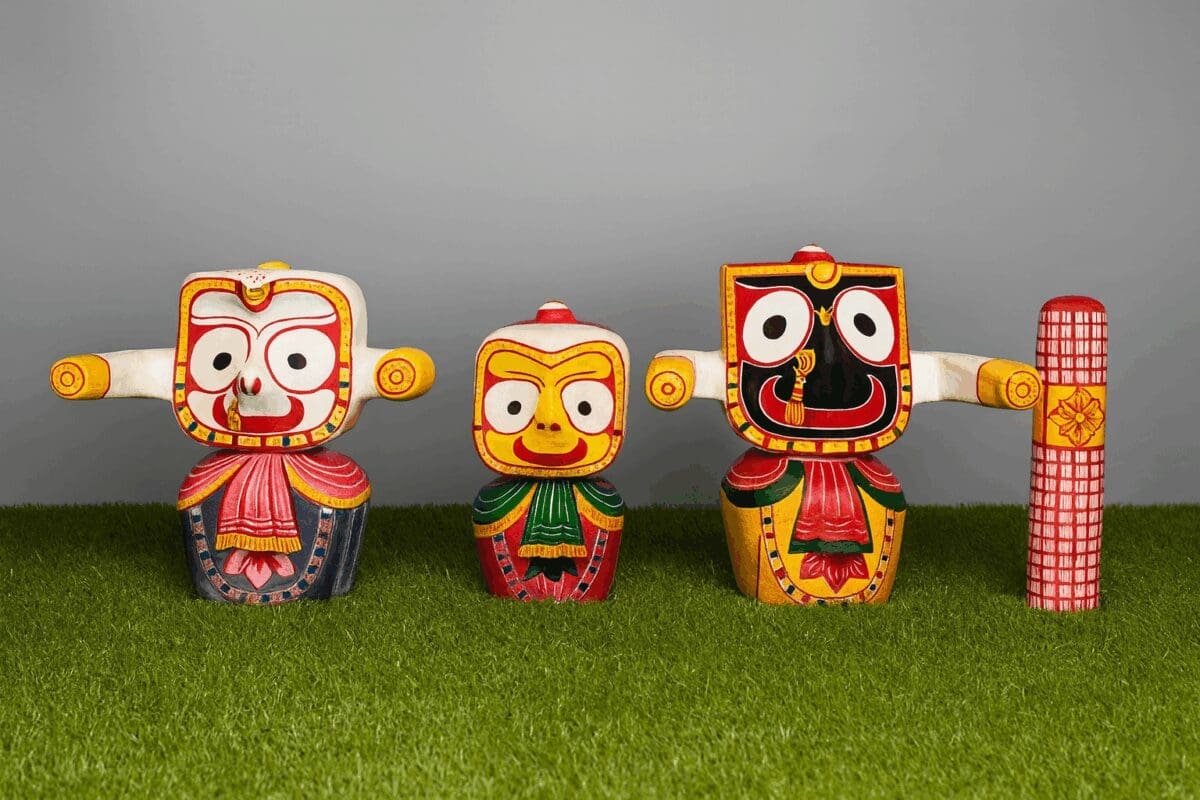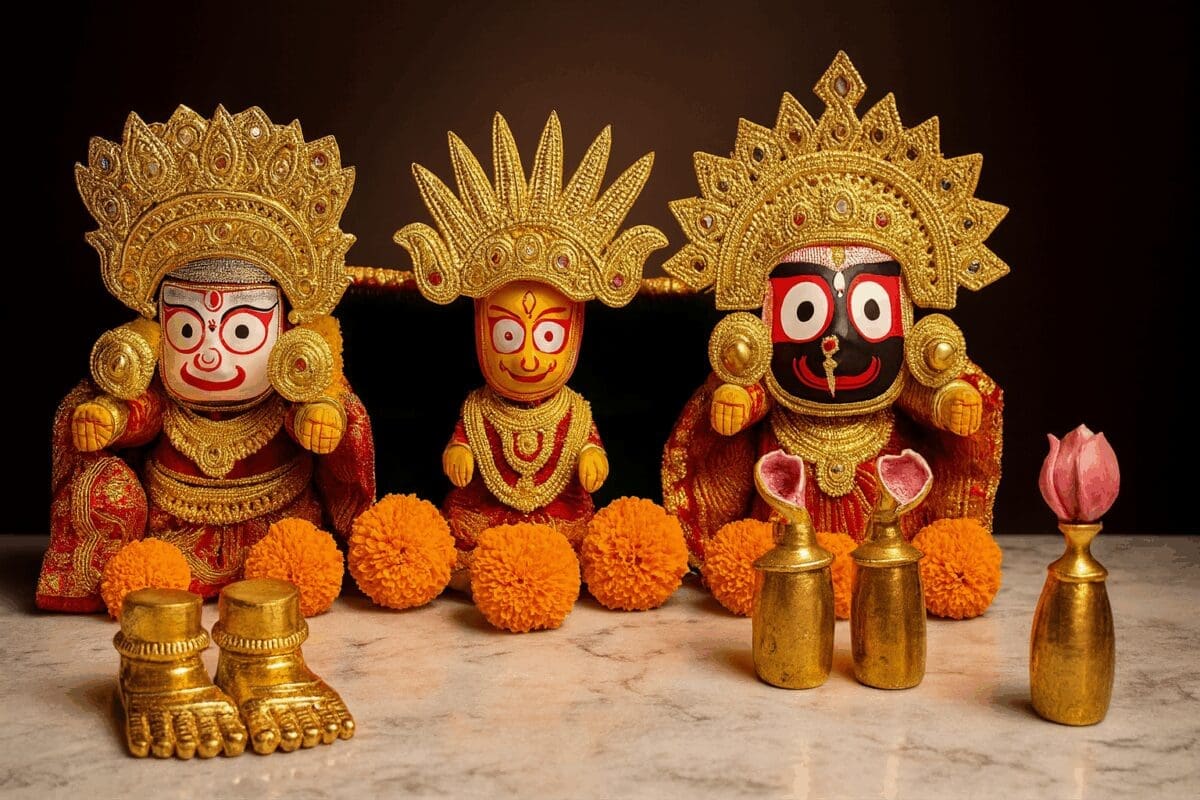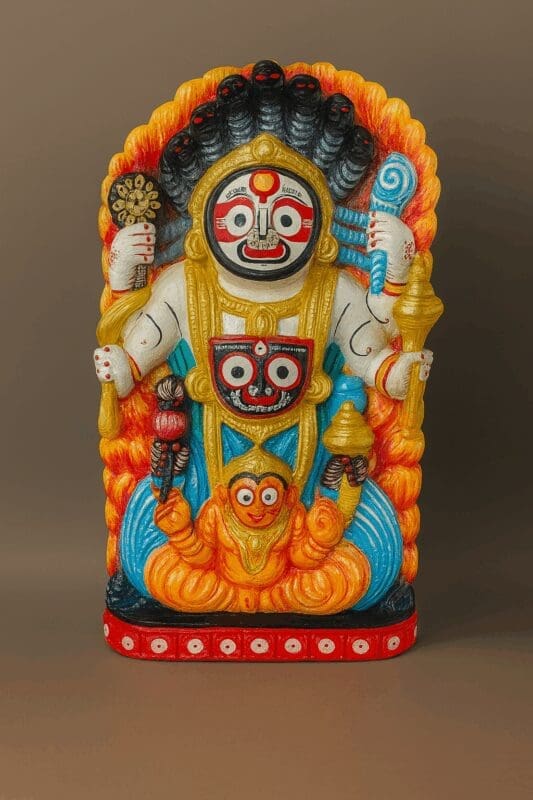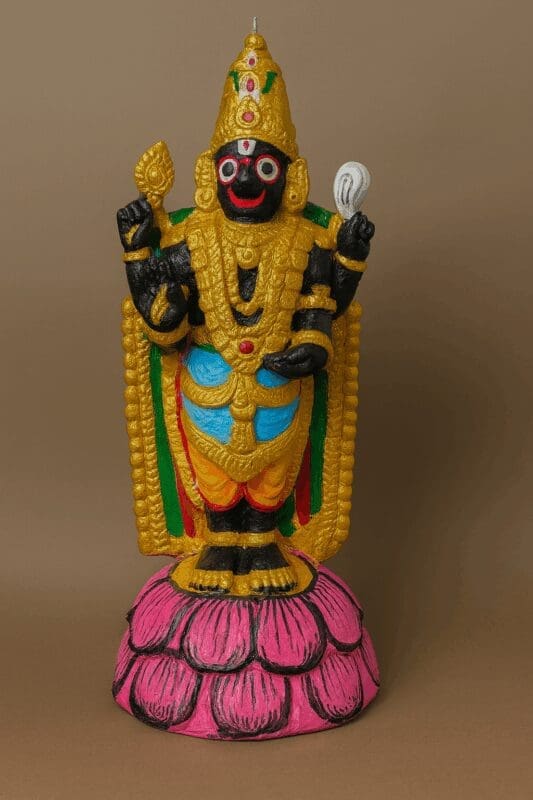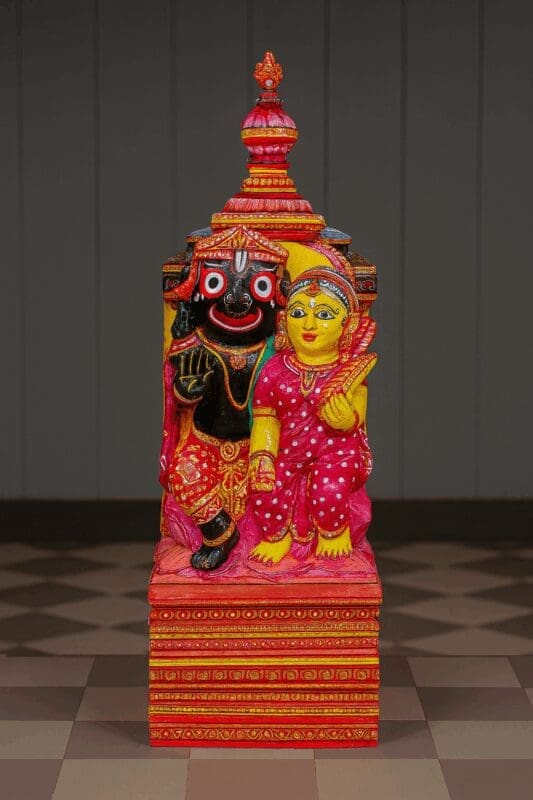 The Sacred Garden: Nandanavana in Purushottama Khetra (Ch. 34)
The Sacred Garden: Nandanavana in Purushottama Khetra (Ch. 34)
Chapter 34 of “Sri Jagannath Puran” transports us to a realm of ethereal beauty and spiritual bliss: Nandanavana, the divine garden associated with Lord Jagannatha. As a historian fascinated by the interplay of nature and spirituality in ancient texts, this chapter offers a captivating glimpse into the symbolism, mystical significance, and historical context of sacred gardens in the Hindu tradition.
Nandanavana: A Paradise on Earth
The chapter paints a vivid picture of Nandanavana, describing its lush greenery, fragrant flowers, and enchanting atmosphere. It is portrayed as a paradise on earth, a place where the gods and celestial beings reside, and where devotees can experience a taste of spiritual liberation.
Historically, gardens have held symbolic and spiritual significance in various cultures, often representing paradise, fertility, and the divine presence. In ancient India, gardens were often associated with deities and were believed to be places of spiritual renewal and enlightenment. The “Sri Jagannath Puran” reflects this tradition by dedicating a chapter to Nandanavana, highlighting its mystical beauty and its connection to Lord Jagannatha.
Symbolism and Mystical Significance
The chapter delves into the symbolic meaning of Nandanavana, suggesting that it represents the state of spiritual liberation, where the soul is free from the cycle of birth and death and experiences eternal bliss. The garden’s lush greenery and vibrant flowers symbolize the abundance and beauty of the spiritual realm.
The text also suggests that Nandanavana is a place where desires are fulfilled and where devotees can attain communion with the divine. This mystical interpretation reflects the ancient Indian belief in the power of sacred spaces to facilitate spiritual growth and transformation.
Historical Context: Gardens in Ancient India
Gardens played an important role in the social and cultural life of ancient India. They were not only places of beauty and recreation but also served as spaces for meditation, religious rituals, and philosophical discussions. Royal gardens were often associated with power and prestige, while temple gardens provided a serene environment for spiritual practice.
The “Sri Jagannath Puran” reflects this historical context by portraying Nandanavana as a divine garden, accessible to both gods and mortals. It highlights the importance of nature in spiritual practice and the belief that gardens can serve as gateways to the divine realm.
Connecting with the Present: The Enduring Allure of Sacred Gardens
The concept of sacred gardens continues to resonate with people today. Gardens provide a sense of peace, tranquility, and connection with nature, offering a respite from the hustle and bustle of modern life. Many spiritual traditions incorporate gardens as spaces for meditation, contemplation, and renewal.
For the modern reader, this chapter offers a glimpse into the rich symbolism and spiritual significance of gardens in ancient India. It encourages us to appreciate the beauty and tranquility of nature, recognizing its potential to inspire and uplift the human spirit.
 Dhyana Yantra
₹ 105,625.00
Dhyana Yantra
₹ 105,625.00 Grace Shawl for Pooja/fastival moments and Temple Visit
From ₹ 675.00
Grace Shawl for Pooja/fastival moments and Temple Visit
From ₹ 675.00 Bije kahali For Shri Jagannath Mahaprabhu
Bije kahali For Shri Jagannath Mahaprabhu




